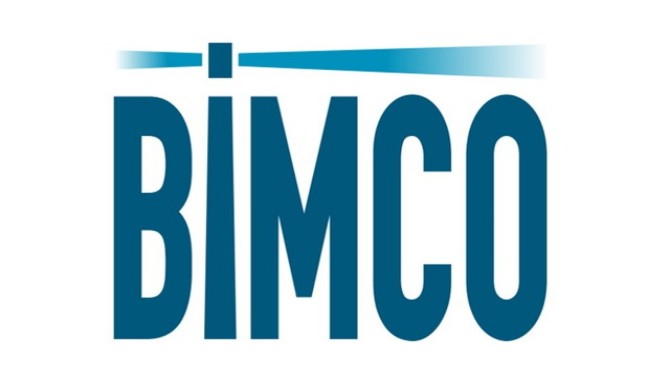
BIMCO : Tanker Market strengthens despite slowing oil demand growth
LONDON : Supply/demand balance For crude tankers, we forecast that the supply/demand balance will tighten further during both 2024 and 2025. Low fleet growth, along with increasing sailing distances, create the foundation for the improvement despite a slowing of growth in oil demand.
The product tanker supply/demand balance is also expected to tighten in 2024 but weaken in 2025. Like the crude tanker market, longer sailing distances support demand growth despite slowing oil demand. However, an increase in contracting of new ships during 2023 will drive fleet growth in 2025 higher than our estimated demand growth.
The crisis in the Red Sea is driving sailing distances up as ships avoid the Suez Canal and instead proceed via the Cape of Good Hope. In our forecast, we assume that this crisis will impact the market until the end of June 2024. Crude tanker fleet capacity growth will be mainly in the Aframax and Suezmax segments that are estimated to grow by 2.8% and 4.2% respectively from end 2023 to end 2025. VLCC capacity is expected to grow only 0.5% and benefit most from the tighter supply/demand balance.
We forecast that product tanker fleet capacity will grow 6.2% between end 2023 and end 2025. The fastest growing segments are expected to be LR2s and MRs with capacity growth of 13.9% and 5.3% respectively during the two-year period. The two sectors are also expected to see the fastest demand growth but LR2s may nevertheless suffer more from the weaker market conditions expected in 2025. Asset prices, rates and earnings have mostly been strong year-to-date and higher than a year ago. We expect rates, earnings and second-hand prices to continue to develop favourably in 2024 in line with the forecasted supply/demand balance. In 2025, some weakening must be expected for product tankers.
Macro environment
Global economic growth is estimated to have been 3.1% in 2023. The International Monetary Fund (IMF) projects that growth in 2024 and 2025 will end up at 3.1% and 3.2% respectively.
The IMF forecasts slower growth for both 2024 and 2025 in the US, China, Japan and India compared to 2023. On the other hand, the eurozone, Canada, Nigeria, Saudi Arabia, South Africa and the UK are forecast to see growth accelerate in both 2024 and 2025.
As inflation is falling faster than previously expected and growth remains steady, the risk of a hard landing has reduced, and risk is no longer weighted to the downside.
Global oil demand continued to grow in 2023 and, according to the International Energy Agency (IEA), increased by 2.3 million barrels per day (mbpd) to hit 101.8 mbpd. The IEA expects oil demand to hit 103.0 mbpd in 2024 but has not yet published an estimate for 2025. We believe that demand growth will slow further in 2025 and expect demand to end around 103.7 mbpd.
Demand growth in advanced economies has slowed significantly. According to the IEA, demand in the 38 countries that are members of the Organisation for Economic Co-operation and Development (OECD) increased only 0.1 mbpd in 2023 and will fall back to the 2022 level in 2024. Meanwhile, demand continues to grow in China, India, Brazil and Saudi Arabia.
Those four countries accounted for 70% of demand growth in 2023 and are expected to account for more than 80% of growth in 2024.
Oil prices in 2023 mostly continued at the levels reached at the end of 2022. The average price for Brent ended at USD 82/barrel in 2023. However, in December 2023, the average Brent price had fallen to USD 78/barrel as worries shifted from lack of supply to lack of demand. Brent prices are currently in the low eighties and the U.S. Energy Information Administration (EIA) expects that the average price in 2024 will end at USD 82/barrel and USD 80/barrel in 2025.
Geopolitics continue to play a key role in reshaping tanker trades. Since the Russian invasion of Ukraine in February 2022, sanctions on Russian oil exports have dramatically reshaped oil trades: Russia has had to find new export markets and the European Union has had to find new suppliers. This has increased average sailing distances and demand for tankers.
